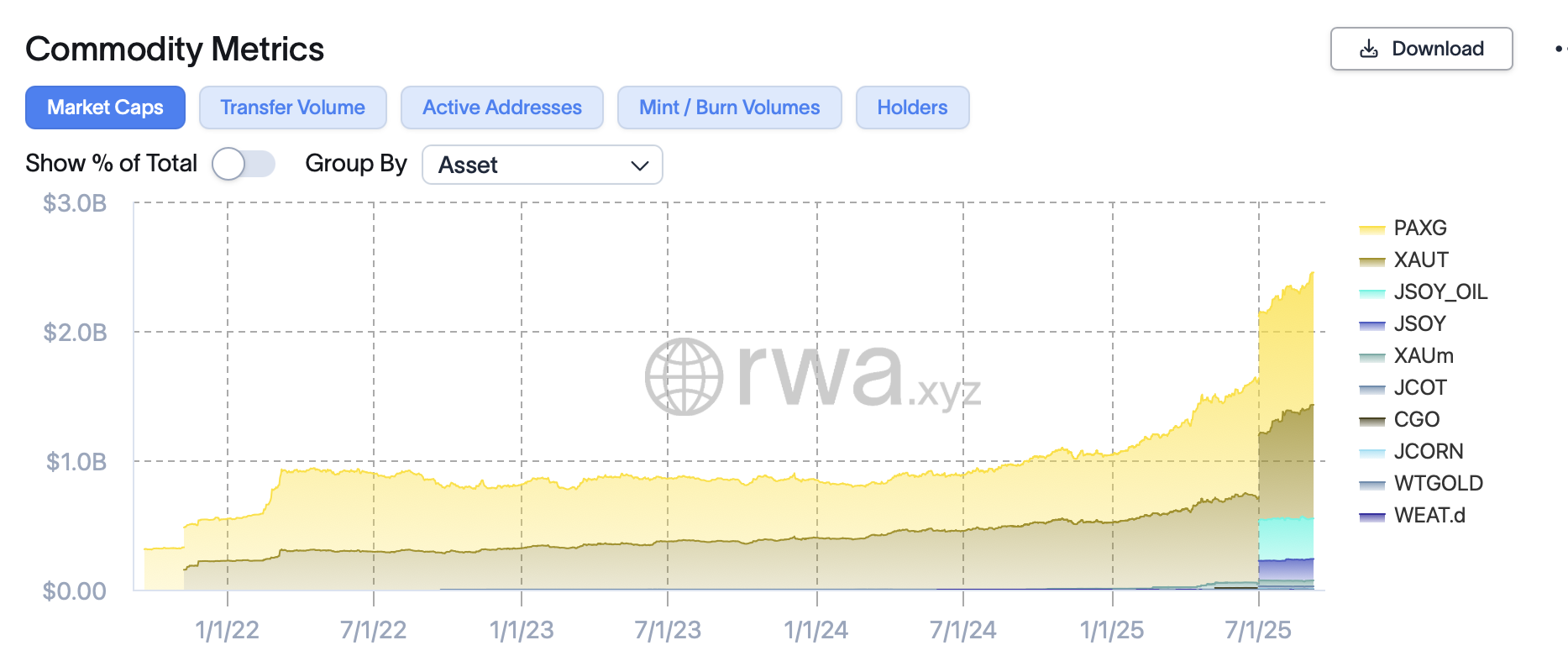Farmway’s $100 million agreement will tokenize 500 hectares of Georgian almond orchards, funding infrastructure, processing and irrigation while issuing ERC-20 utility tokens and ERC-1155 RWA digital securities to fractionalize assets and record activity on-chain.
-
Deal scope: $100M for 500 hectares, plus 100 hectares expansion
-
Funds target irrigation, processing, logistics and almond product facilities
-
Tokenization uses ERC-20 for utility tokens and ERC-1155 for real-world asset securities
Farmway tokenization of Georgian almond orchards: $100M to build infrastructure, issue ERC-20/ERC-1155 tokens, and open agriculture to global investors — read the plan.
Farmway’s deal will build on a previous investment in Georgia’s almond orchards, adding 100 hectares and tokenizing infrastructure, according to the company.
What is Farmway’s $100 million deal to tokenize Georgian almond orchards?
Farmway’s $100 million deal funds almond orchards across 500 hectares in Georgia, expanding a prior $20 million proof-of-concept. The investment finances irrigation, processing and logistics while tokenizing orchards and facilities into ERC-20 utility tokens and ERC-1155 RWA digital securities for fractional ownership.
How will Farmway deploy capital and tokenize agricultural assets?
Farmway will allocate capital to farming infrastructure, processing lines for almond milk powder, oil and extracts, plus logistics and irrigation systems. Each physical asset—orchards, processing units and irrigation networks—will be represented by fractional tokens recorded on-chain for auditability and investor access.
Why does Farmway use ERC-20 and ERC-1155 standards?
ERC-20 tokens provide fungible utility tokens for liquidity and staking use-cases. ERC-1155 supports mixed fungible/non-fungible structures ideal for RWA digital securities, enabling efficient transfers and bundled asset transactions. Farmway cites these standards to balance tradability with asset-specific controls.
What is the current scale and market context for RWA commodity tokenization?
Commodity tokenization is a growing segment of real-world asset (RWA) markets. On-chain platforms report the tokenized commodity market near $2.5 billion, roughly 9% of the $27.8 billion RWA sector, with recent monthly expansion. Precious metals and agricultural commodities are prominent categories in this expansion.

Tokenized commodity market. Source: RWA.xyz
How does Farmway’s project compare to other tokenized commodity initiatives?
Farmway follows sector peers that tokenize commodities like gold and agricultural staples. Competing projects focus on tokenized funds for soybean oil, cotton and corn, and tokenized precious metals are market leaders. Farmway emphasizes agricultural processing and climate finance pathways as differentiators.
Frequently Asked Questions
How are investors protected when buying tokens backed by orchards?
Investor protections include on-chain transaction records, legal structures for RWA securities, asset audits and transparent supply-chain reporting. Farmway states that tokenized assets are structured to provide verifiable claims against specific infrastructure and production outputs.
How fast can tokenized almond production scale in Georgia?
Almond output in Georgia grew from 2,500 tonnes in 2023 to a projected 14,000 tonnes by 2027, per company statements. Farmway’s investment targets processing and logistics to help scale production and replace imports.
Key Takeaways
- Major investment: $100M to expand Farmway’s Georgian almond program to 500 hectares.
- Tokenization model: ERC-20 for utility tokens; ERC-1155 for RWA digital securities representing fractional asset stakes.
- Market context: Commodity tokenization is a small but rapidly expanding segment of the broader RWA market.
How does Farmway tokenize an orchard? (HowTo)
Step-by-step process to tokenize agricultural assets for investor access.
Conclusion
Farmway’s $100 million program aims to convert Georgian almond orchards into investable, tokenized assets by funding infrastructure, processing and irrigation and issuing ERC-20 and ERC-1155 tokens. The project builds on a $20 million proof of concept and aligns with a rising RWA commodity market, offering a model for scalable, auditable agricultural finance.
